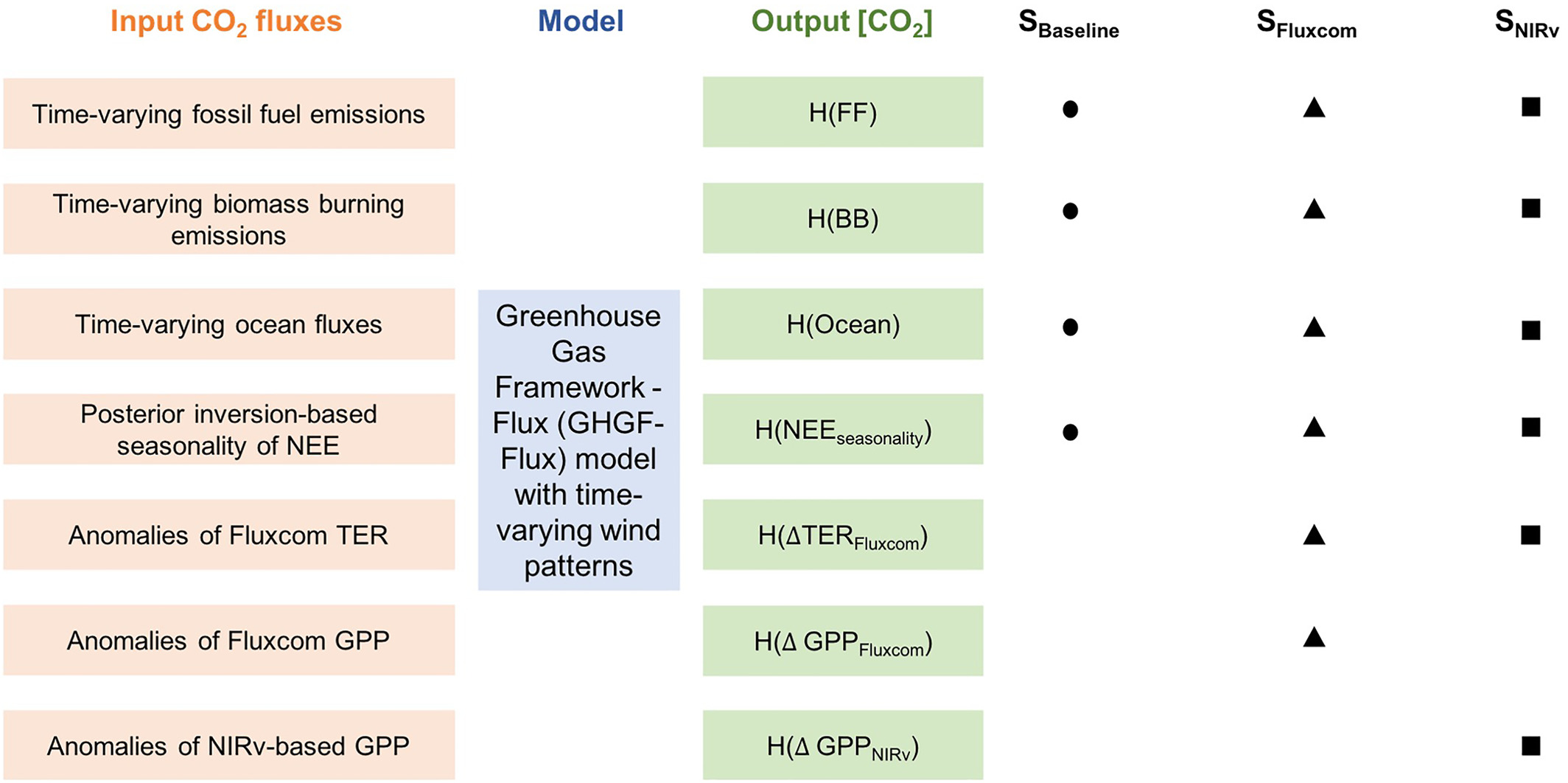Remote-Sensing Derived Trends in Gross Primary Production Explain Increases in the CO2 Seasonal Cycle Amplitude
L. He1,2, B. Byrne3, Y. Yin1, J. Liu4 and C. Frankenberg4
1California Institute of Technology, Pasadena, CA 91125; 626-714-9918, E-mail: lhe@carnegiescience.edu
2Carnegie Institution for Science, Department of Global Ecology, Stanford, CA 94305
3University of Toronto, Toronto, Ontario, Canada
4NASA Jet Propulsion Laboratory, California Institute of Technology, Pasadena, CA 91109
An increase in the seasonal cycle amplitude (SCA) of atmospheric carbon dioxide (CO2) since the 1960s has been observed in the Northern Hemisphere (NH). However, dominant drivers of the amplified CO2 seasonality are still debated. In this study, we employ satellite-based remote sensing observations to track spatial and temporal changes in global gross primary production (GPP) of different vegetation types. Then, we use a state-of-art atmospheric transport model to examine whether our bottom-up estimates of ecosystem fluxes can capture the magnitude of CO2 SCA trends at multiple surface sites. Further, we explore dominant drivers of the observed CO2 SCA trends across different locations of sites. To our best knowledge, this paper makes the first effort to link long-term satellite remote sensing observations with ground atmospheric CO2 measurements across the NH to explore how terrestrial carbon fluxes shape and change spatiotemporal pattern of atmospheric CO2.
Figure 1. Diagram of the SBaseline, SFluxcom, and SNIRv simulations based on CO2 fluxes from multiple sources. [CO2] represents the atmospheric CO2 concentrations. Mathematically, [CO2] simulated in SBaseline, SFluxcom, and SNIRv can be formulated as H(FF) + H(BB) + H(Ocean) + H(NEEseasonality), H(FF) + H(BB) + H(Ocean) + H(NEEseasonality) + H( TERFluxcom) + H(
TERFluxcom) + H( GPPFluxcom) and H(FF) + H(BB) + H(Ocean) + H(NEEseasonality) + H(
GPPFluxcom) and H(FF) + H(BB) + H(Ocean) + H(NEEseasonality) + H( TERFluxcom) + H(
TERFluxcom) + H( GPPNIRv), where H(X) denotes the application of a forward atmospheric model to simulate CO2 concentrations driven by fluxes X.
GPPNIRv), where H(X) denotes the application of a forward atmospheric model to simulate CO2 concentrations driven by fluxes X.

